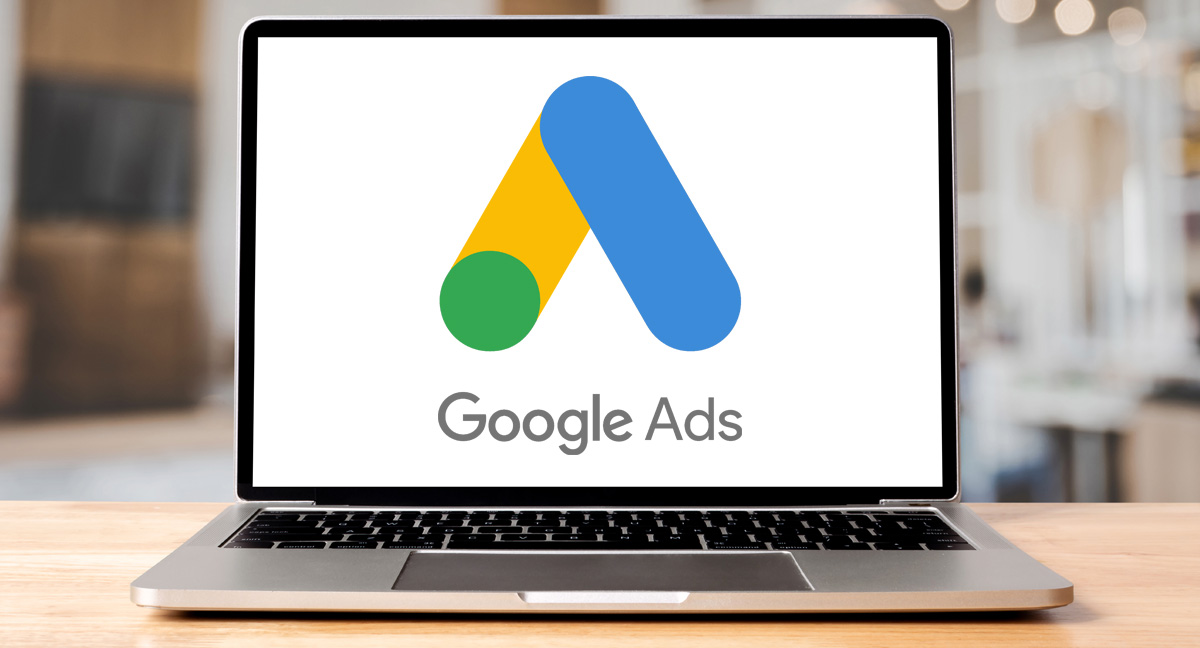
Let’s tackle the question that keeps many small business owners up at night: Is $500 enough to make Google Ads work? If you’re staring at your marketing budget wondering if dipping your toes into Google Ads is worth it, you’re not alone.
Think of Google Ads like a busy marketplace — in some corners, you can get prime real estate for pocket change, while in others, you’re competing with deep-pocketed corporations for every inch of space.
Here’s the deal: $500 in Google Ads is like a Swiss Army knife — how useful it is depends entirely on how you use it and what you’re trying to cut through. In some industries, like personal injury law or insurance, you’re looking at eye-watering costs of $100+ per click. But don’t let that scare you off. In other niches, you might snag quality clicks for just a few dollars each.
Your actual cost varies significantly based on several key factors:
Think of your $500 budget like a small but mighty army. Success isn’t about size — it’s about strategy. The key to making a limited budget work lies in precision targeting and smart campaign management.
The secret to success with a modest budget isn’t trying to be everywhere at once — it’s about being exactly where your best customers are looking. This means focusing exclusively on exact match keywords that signal high commercial intent. By implementing Single Theme Ad Groups (STAG), you create tightly focused campaigns that maximize relevance and minimize wasted spend.
Essential targeting elements for success:
Want to pay less and get more? Quality Score is your ticket to better ad positions at lower costs. It’s like having a frequent flyer status with Google — the better your standing, the better your perks. To boost your Quality Score, focus on creating ultra-relevant ad copy that perfectly matches search intent. Your landing pages should deliver exactly what your ad promises, no bait and switch.
Key Quality Score factors to optimize:
With a $500 budget, your approach needs to be surgical. Start with manual CPC bidding to maintain maximum control over your spend. Watch your data like a hawk and adjust accordingly. Many businesses see better performance during specific hours or days — use this information to your advantage.
Let’s talk real numbers. We recently worked with a functional medicine practice that started with a modest $600 monthly budget. Their initial cost per lead was a whopping $252 — hardly sustainable for a small practice. Through careful optimization and strategic implementation, we transformed their campaign performance dramatically.
Our results included:
How did we achieve these results? Through methodical implementation of proven strategies:
Setting up a successful small-budget campaign is like building a high-performance engine — every component needs to work in perfect harmony. Start with thorough research: identify your highest-converting keywords, study competitor ads and landing pages, and map out your campaign structure. This foundation will determine how well your campaign performs.
Your implementation timeline should look like this:
Research Phase:
Setup Phase:
Create tightly-themed ad groups with no more than 5-10 keywords each. Your ad copy should be highly specific, speaking directly to the search intent behind each keyword group. Landing pages need to be laser-focused, delivering exactly what your ads promise.
Optimization Phase:
The optimization phase is where the magic happens. Monitor your search term reports daily to catch and eliminate any wasteful spending. Adjust your bids based on performance data, and continuously test different ad copy variations.
Here’s the truth: $500 can absolutely work for Google Ads, but success depends on your approach. With laser-focused targeting, smart optimization, and consistent monitoring, you can generate quality leads even on a modest budget. Remember our functional medicine case study — they started small and achieved remarkable results through strategic implementation.
Key takeaways for success:
Remember, every Google Ads success story started somewhere. With the right strategy and execution, your $500 budget could be the beginning of yours.